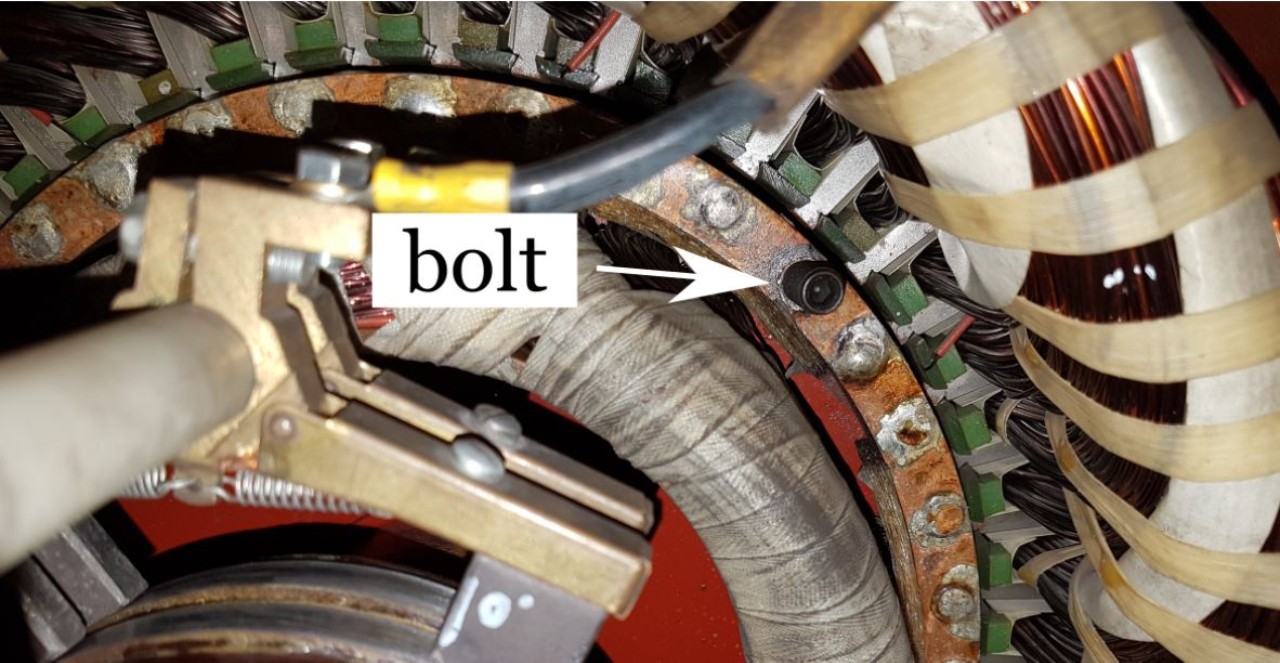
How can rotary machines be checked non-invasively, quickly and with minimal effort?
Electric rotary machines, such as those used in various applications, must be checked regularly for possible faults to prevent unexpected failures. This is where an advanced method called SFRA comes into play. This method enables a non-invasive check of the machines, which can be carried out with minimal effort and in a short time. The special thing about it is that it can detect various faults inside the machines at the same time.
The SFRA method, or Sweep Frequency Response Analysis, utilises empirical measurements on various rotary machines, including synchronous and asynchronous machines, to develop a universal frequency response curve. This curve consists of four frequency ranges and serves to verify a developed model. During the measurements, influences such as neighbouring phases and the actual rotor position are taken into account. A periodic behaviour depending on the number of pole pairs is noticeable, which occurs in certain frequency ranges. The SFRA method proves to be effective in detecting various faults, including short circuits and earthing faults, which change the frequency response of the machines. Even faults that are difficult to detect, such as the breakage of bars in the damping cage of synchronous machines, can be identified using this method.
Read more details in the published article.